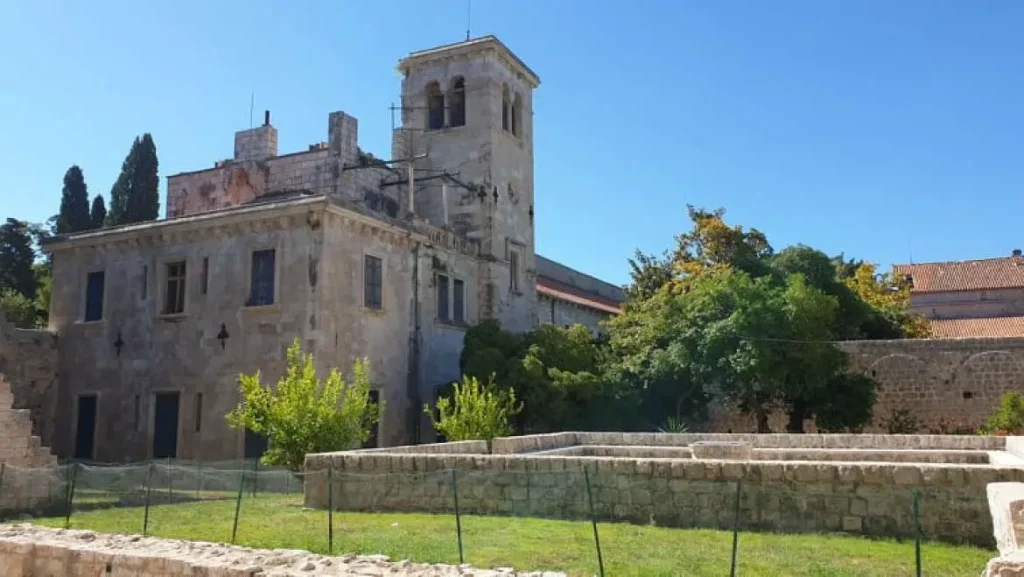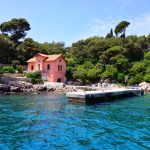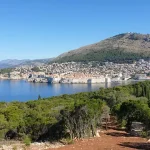For those who tell me that Dubrovnik is just a 2-day destination and that there is nothing really to do outside the old town, I smile. I don’t think I have ever come across a destination in Croatia which has so much more to offer than the stereotype it possesses. There are so many things to do in and around Dubrovnik that I would argue a week is not enough. Indeed, the inspiration for this new TCN series, Beyond the Dubrovnik Walls, were last year’s 10 Dubrovnik Digital Nomads-in-Residence, who proclaimed that they were not ready to go home after a month in the city, and that one of the key messages Dubrovnik had to develop was the rich offer for tourists ‘beyond the walls.’ Yes, the old town is unmissable, but so too is the magic that is all around. Including one of my favourite places in all Croatia…
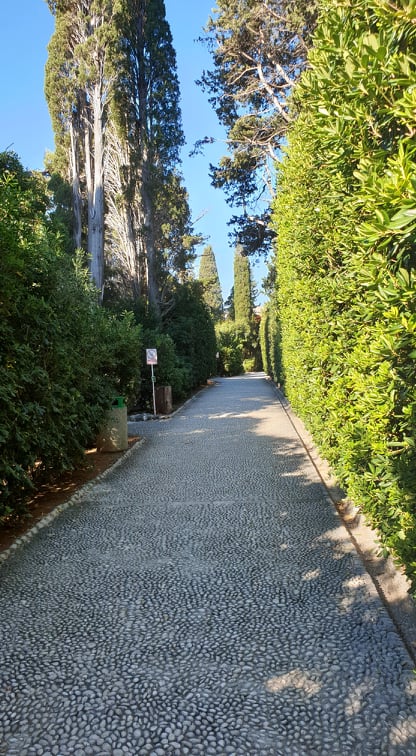
The island of Lokrum.
I knew little about the island of Lokrum before I visited, except that it was one of the most-visited attractions in Dubrovnik, a place where locals (and tourists) went to escape the summer crowds and heat. But, as I quickly learned on my first visit a couple of years ago, Lokrum is so much more than that. In addition to being the cleanest place I have ever seen in Croatia, the wealth of nature, culture, heritage and overall magnificence is quite astonishing. Do not go to Dubrovnik and miss out on a trip to Lokrum. Your visit would be all the poorer.
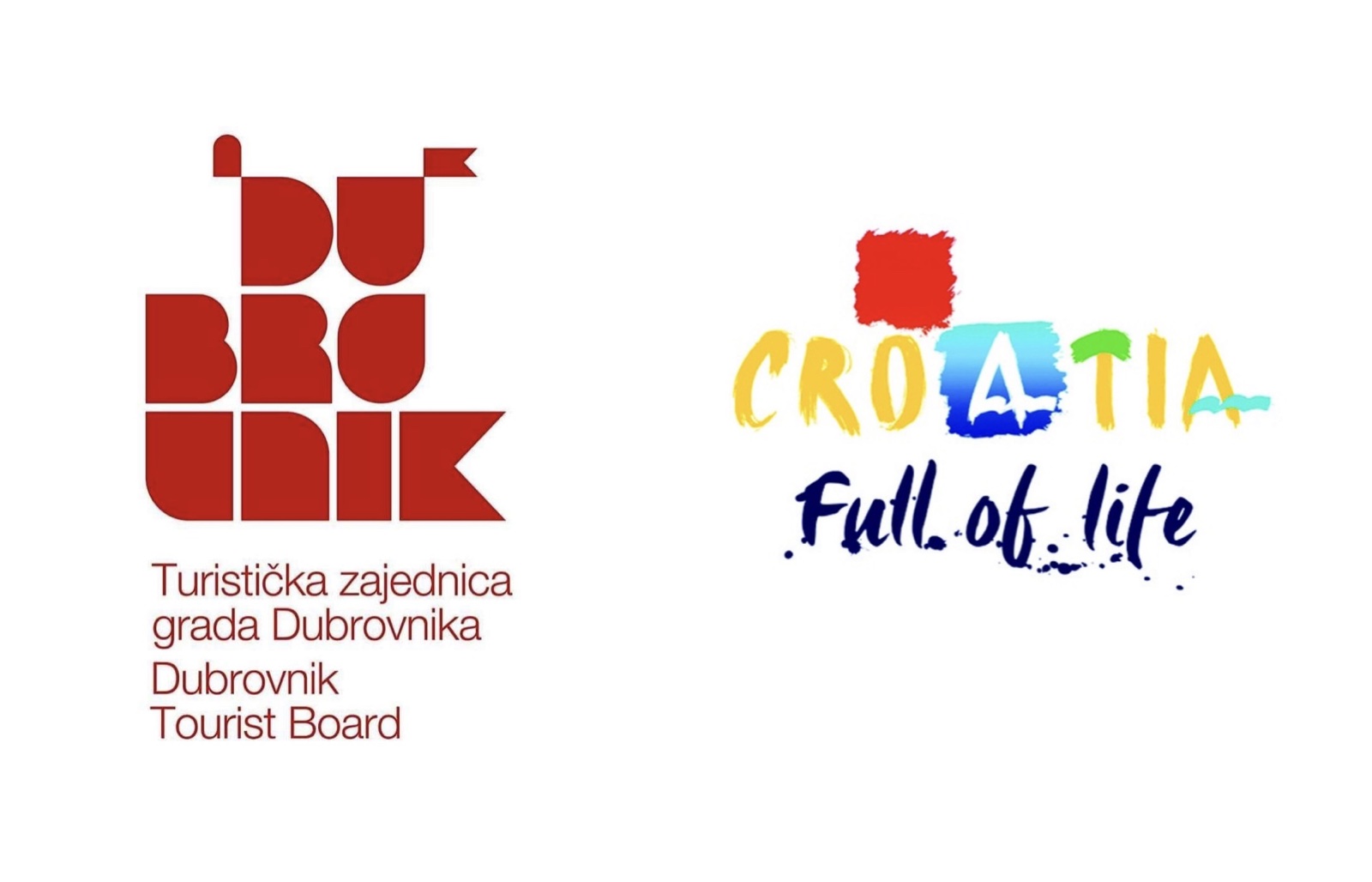
Let’s start with the cleanliness. Lokrum is a nature reserve which is taking itself very seriously. It is forbidden to smoke or light a fire on the island, dogs are not allowed, and it is not permitted to spend the night on the island. Indeed, only two members of the Lokrum Fire Brigade sleep on the island. The island is immaculate! And the beautifully maintained horticultural and botanical attractions serve to give Lokrum an even more squeaky clean feel.
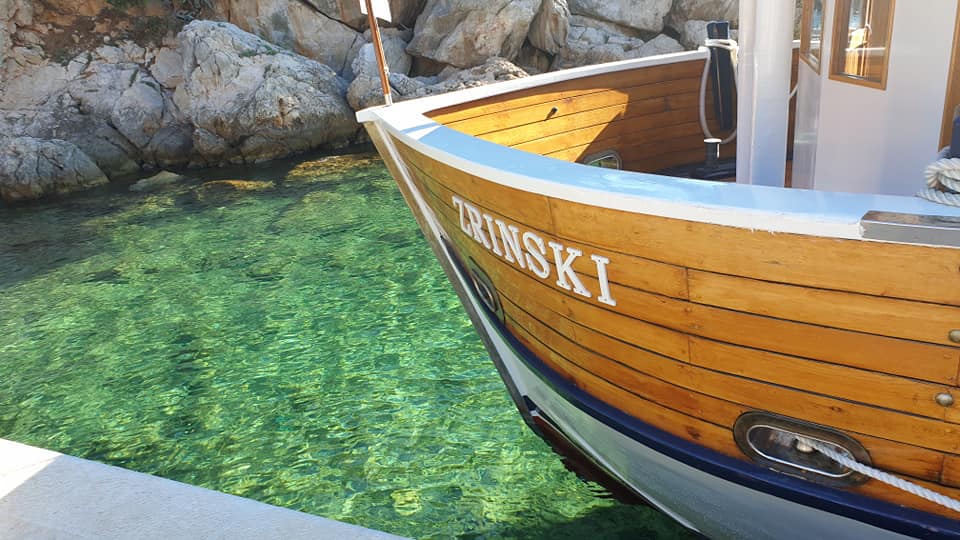
Just 10 minutes by boat from the old city (regular departures from the old harbour take place every 30 minutes during the day from April to November), the island of Lokrum is truly a world away, and the journey on the restored 50-year-old wooden boats is an experience in itself, as you watch the majestic old city disappear into view behind, before approaching the island from the far side, with the city out of sight.
Welcome to Nature!
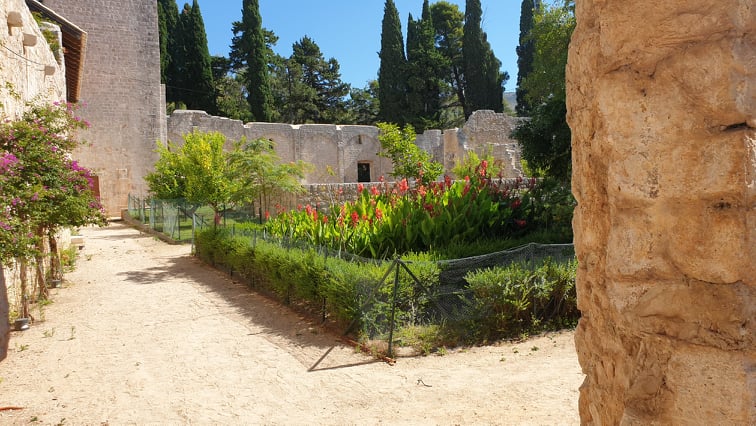
Lokrum has its own biodiversity and unique climate, a fact that has been noted since ancient times, and the rich diversity of its plant life was enriched in 1959 when two hectares of land were allocated to the Botanical Garden, where the first exotic species were planted. Walk around today, and you can find about 400 indigenous species from Australia, South America, Africa, other parts of the world and the wider region. An extraordinary collection, and combined with the island’s carefully manicured hedges and gardens, this is one area where Lokrum stands out from other islands. But only one, for there is so much more to this exceptional island.
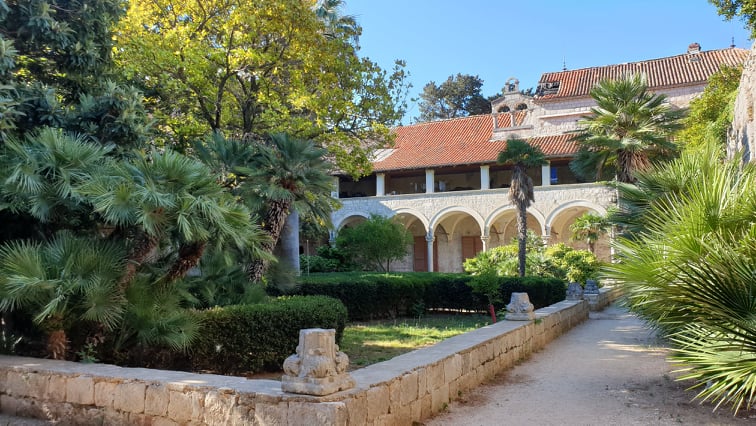
The legacy of Game of Thrones is massive in Dubrovnik, with more than a few visitors knowing the city by its screen name of Kings Landing. Not only was the island of Lokrum also used as a filming location, but the hit HBO show The garden of the old Benedictine Monastery was used to shoot scenes depicting the fantasy city of Qarth in Season 2 of the show. In this scene Daenerys Targaryen introduces herself to a few members of local society. Later on, just before she enters the House of the Undying, she is standing on the stairs that are part of Lokrum’s Gardens of Maximilian.
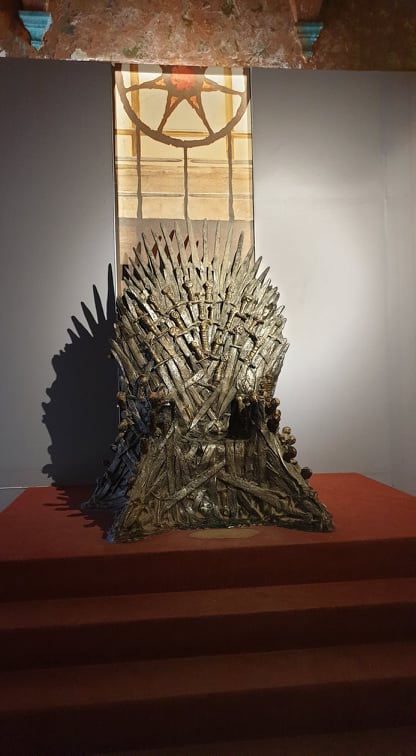
The most important area for Game of Thrones lovers is a tin GoT museum in the former Benedictine Monastery. There sits the Iron Throne, the most important seat in the Kingdom of Westeros. Not only that, but it is free for visitors to sit in and take pictures.
While Game of Thrones may not be real, there is plenty of actual history on the island of Lokrum, which was first mentioned in 1023, with the founding of the Benedictine monastery and abbey. And it is the Benedictines who are responsible for the so-called Curse of Loktum, which is animated in the museum in the monastery basement.
The last Benedictines left the island in 1808, when the island was sold to new owners. On their last night, the monks placed a complex curse on the island. Since then, anyone who tried to seek Lokrum for their own has met an unexpected and untimely death.
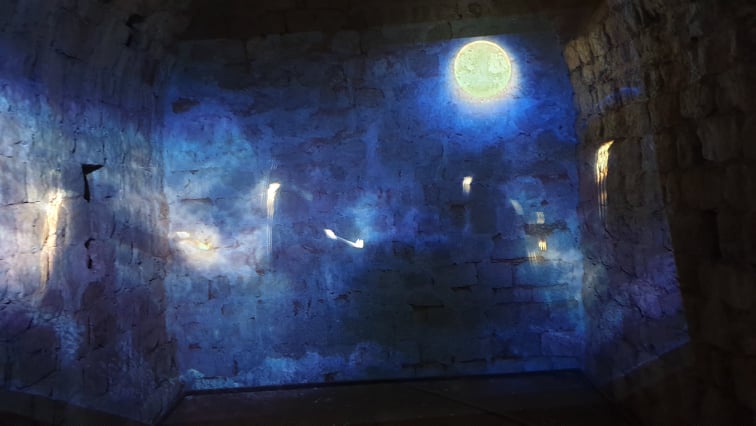
The night before the monks left, they gathered in their hoods, lit their candles, turned them upside down, and with their heads bowed, whispering prayers and murmuring songs, slowly walked around their ancient holding, mourning their loss and saying goodbye to their beautiful home.
The legend, of course, adds drama to such a goodbye.
The dark and mysterious line of monks in the end cursed the future owners of the island under the flickering light of candles. The legend, to which certain deaths and accidents that happened to local sellers and owners were associated, would have faded away if not for the tragedies which befell the family of the Austrian emperor and the Croatian king Francis Joseph I, whose family members owned Lokrum.
The execution of the emperor’s brother, Archduke Maximilian, in Mexico, the assassination of his wife Elisabeth at Lake Geneva and the suicide of his son and heir Rudolph in Mayerling violently and forever impressed the legend in collective memory and enshrouded the island in dark shadows.
A happier legend took place more than 500 years earlier, when English King Richard the Lionheart’s ship got into trouble in storms on the way back from The Crusades. Vowing to build a church on the land that might save him, the famous English king finally found shelter on Lokrum where he was shipwrecked, but survived. Keeping true to his promise, Richard built the promised church, although locals persuaded him to do so in the old town of Dubrovnik, rather than the island of Lokrum. It is said that the ensuing church was built on the site of today’s Dubrovnik Cathedral. There is an exhibition to the episode in the basement.
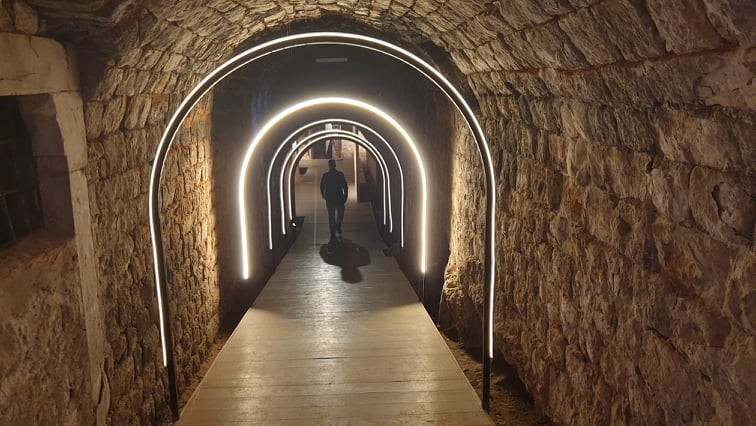
One of Dubrovnik’s more unusual claims to fame is that it is the birthplace of quarantine, with the first State-sanctioned quarantine stations set up on two nearby islands in the Dubrovnik Republic back in 1377. This concept was extended to the Lazareti, just outside the city walls, a beautiful stone complex which served as a 40-day quarantine area for traders, and which today is a multi-purpose event and entertainment centre, including arguably Europe’s most beautiful co-working space.
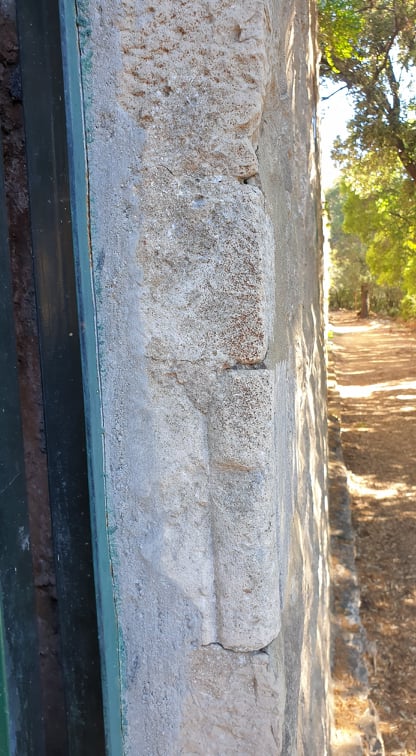
Lokrum has its own Lazareti complex which is well worth a visit, if only for the incredible precision of the 16th-century stone walls, which are straight as an arrow and 100 metres by 100 metres. Inside the walls, it was intended to house a large quarantine facility, and you can still see the remnants of the toilets, fireplace and ventilation in the individual cubicles, but the complex was in fact never completed. Some time later, the authorities realised that such a construction could be used against the republic if the island was successfully invaded. Some of the stone was therefore transferred to the city and used in the construction of Dubrovnik’s iconic old town walls.
That strategic importance was not lost on the French when they successfully invaded in 1806, and they began to erect a fort on Glavice hill, some 97 metres above sea level. The impressive fort, complete with ramparts and ditches, was then further developed by the Austrians in the 1830s. The legacy for the tourist today is a wonderful hike along Lokrum’s narrow streets to the top of the fortress, where you will be rewarded with quite the magnificent views of the old town and surrounding area. I was fortunate enough to be on an official trip, and the Lokrum Fire Brigade had time to give me a rather magical tour. Get a flavour in the video below.
Looking to swim? There are some great beach options on the island, including the best naturist beach in the world last year.
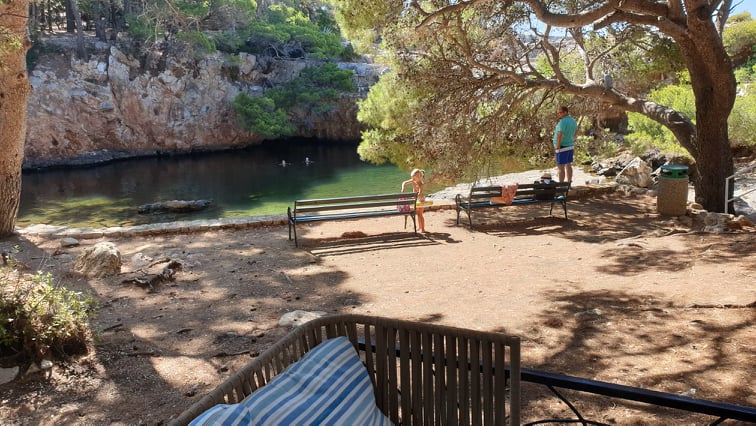
For a more unusual experience, how about a drink and swim by the Dead Sea – not perhaps as famous as its Middle Eastern counterpart, but a cool place to swim and actually part of the Adriatic and once a cave. An ideal spot if you want to have a drink and relax while the kids splash around.
One of the many things I loved about Lokrum is how the island is being used to blend nature with work and education. Local schools regularly have classes and workshops here, a wonderful outdoor environment which can only inspire young minds. The recent Work. Place. Culture conference in Dubrovnik also took advantage of the stunning natural setting, with a relaxing day including workshops on wellbeing being held in the monastery gardens.
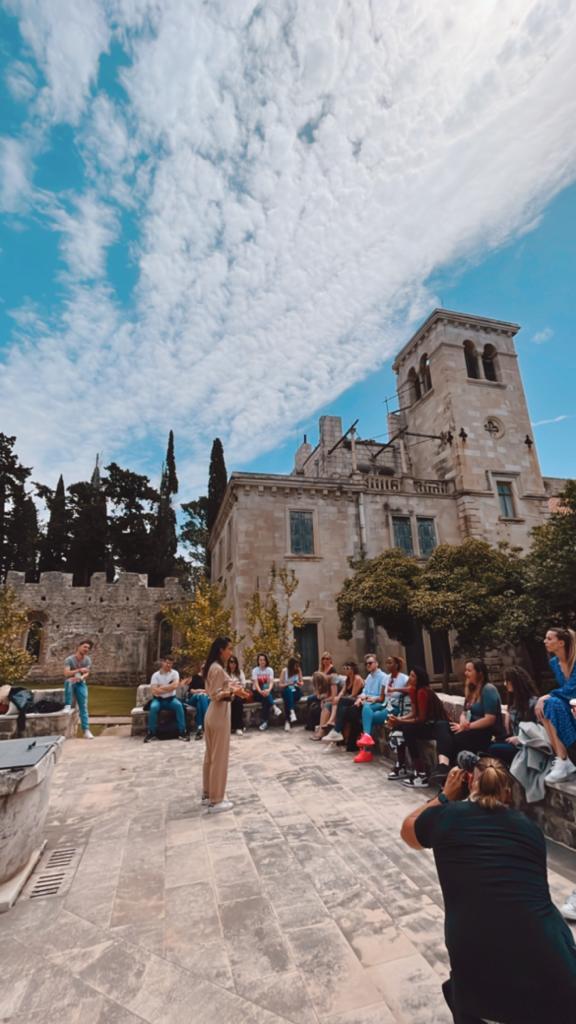
Even the resident peacocks decided to take part.
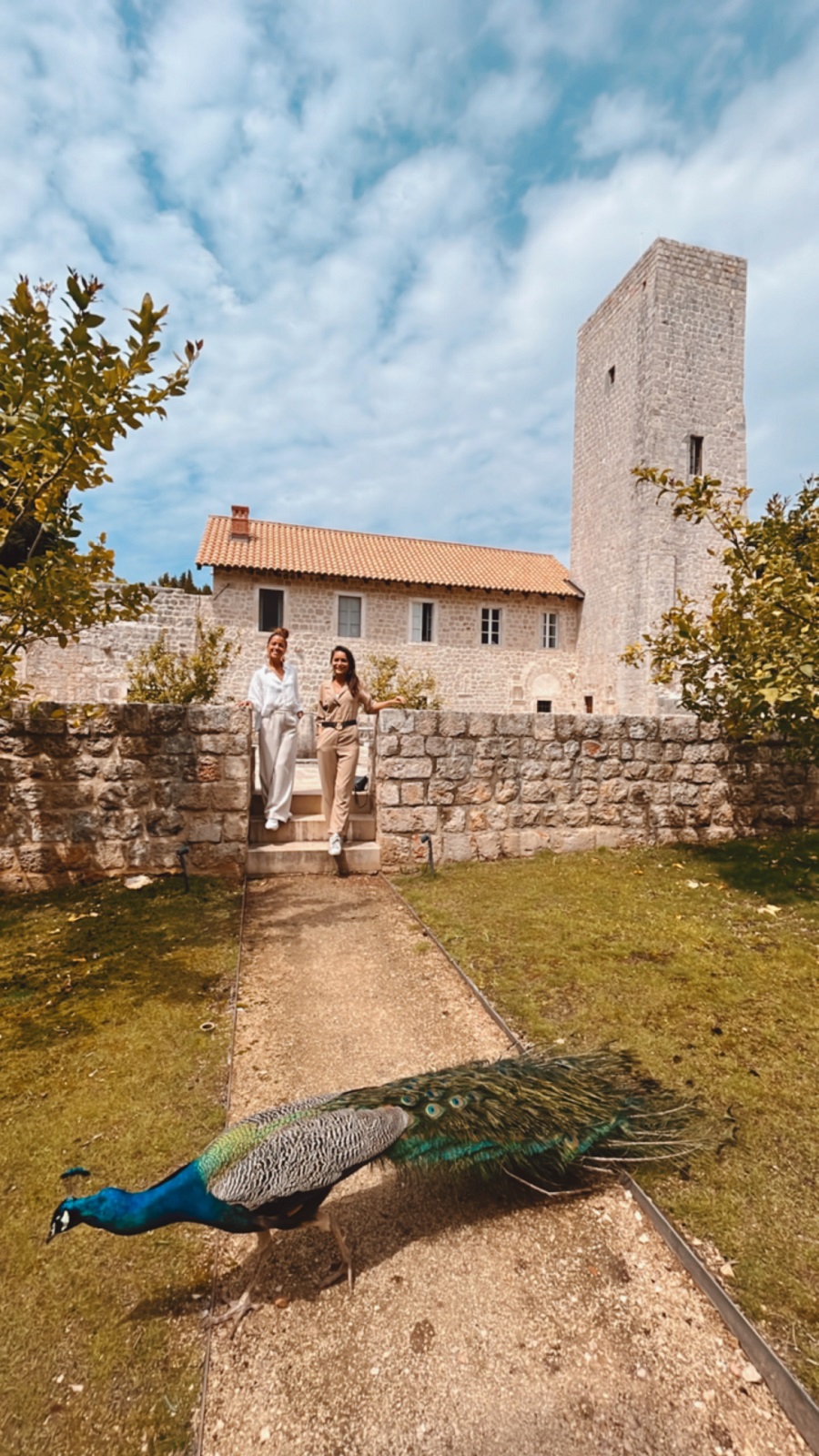
There are a couple of bars and a snack bar on Lokrum, but the best place to dine (and in idyllic botanical surroundings) is Lacroma Restaurant, a short walk up from the ferry. There is an excellent local menu, and the gin combinations with local herbs are a definite trip highlight.
And then, at the end of the perfect day in nature and relaxation, time for the short and picturesque journey back to Dubrovnik for the evening entertainment. Dubrovnik Beyond the Walls is indeed a magical place.
Tickets to enter Lokrum, including the return boat journey, are 200 kuna.
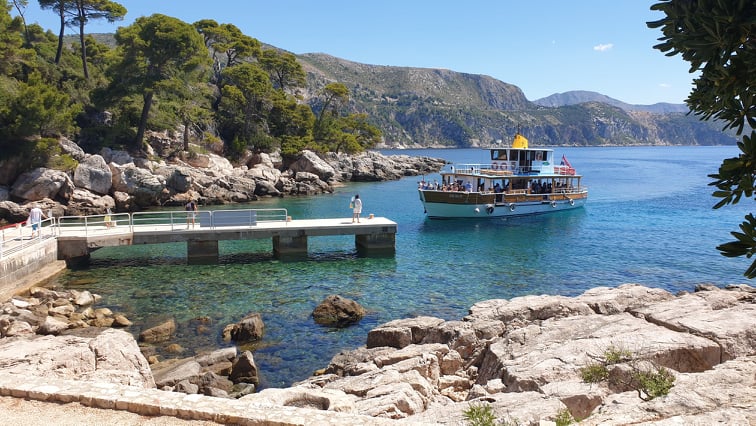
Dubrovnik beyond the walls, a new way to look at the Pearl of the Adriatic. And with so many different options available, tailor your Dubrovnik experience to your specific needs.
To learn more about the Beyond the Dubrovnik Walls series, follow the dedicated section.

